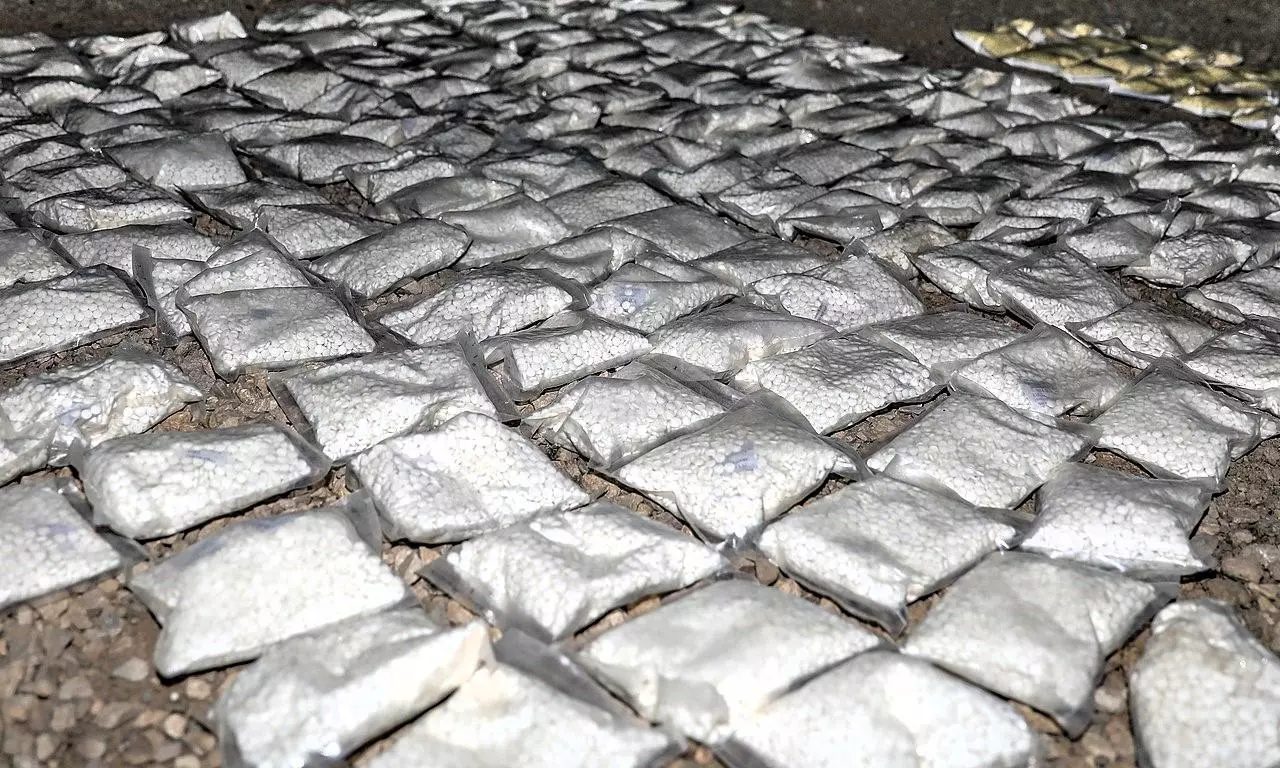
What is drug captagon? How is it linked to Syria’s fallen Assad regime?
Captagon is sometimes called “chemical courage” because it is thought to be used by soldiers in war-torn areas of the Middle East to get focus and energy

After the fall of the al-Assad regime in Syria, large stockpiles of the illicit drug captagon have reportedly been uncovered.
The stockpiles, found by Syrian rebels, are believed to be linked to al-Assad military headquarters, implicating the fallen regime in the drug’s manufacture and distribution.
But as we’ll see, captagon was once a pharmaceutical drug, similar to some of the legally available stimulants we still use today for conditions including attention-deficit hyperactivity disorder (ADHD).
Also read: Syria | Rebel leader pledges to go after Assad's men for torture, war crimes
Captagon was once a pharmaceutical
Captagon is the original brand name of an old synthetic pharmaceutical stimulant originally made in Germany in the 1960s. It was an alternative to amphetamine and methamphetamine, which were both used as medicines at the time.
The drug has the active ingredient fenethylline and was initially marketed for conditions including ADHD and the sleeping disorder narcolepsy. It had a similar use to some of the legally available stimulants we still use today, such as dexamphetamine.
Captagon has similar effects to amphetamines. It increases dopamine in the brain, leading to feelings of wellbeing, pleasure and euphoria. It also improves focus, concentration and stamina. But it has a lot of unwanted side effects, such as low-level psychosis.
Also watch: Nicknamed 'Human Slaughterhouse', this is Sednaya prison that was recently liberated in Syria
The drug was originally sold mostly in the Middle East and parts of Europe. It was available over the counter (without a prescription) in Europe for a short time before it became prescription-only.
It was approved only briefly in the United States before becoming a controlled substance in the 1980s, but was still legal for the treatment of narcolepsy in many European countries until relatively recently.
According to the International Narcotics Control Board pharmaceutical manufacture of Captagon had stopped by 2009.
The illicit trade took over
The illegally manufactured version is usually referred to as captagon (with a small c). It is sometimes called “chemical courage” because it is thought to be used by soldiers in war-torn areas of the Middle East to help give them focus and energy.
For instance, it’s been reportedly found on the bodies of Hamas soldiers during the conflict with Israel.
Its manufacture is relatively straightforward and inexpensive, making it an obvious target for the black-market drug trade.
Black-market captagon is now nearly exclusively manufactured in Syria and surrounding countries such as Lebanon. It’s mostly used in the Middle East,including recreationally in some Gulf states.
Also read: ‘Your turn, doctor’: Teen’s ‘warning’, which sparked Syria war, comes true after 14 years
It is one of the most commonly used illicit drugs in Syria.
A recent report suggests captagon generated more than US$7.3 billion in Syria and Lebanon between 2020 and 2022 (about $2.4 billion a year).
What we know about illicit drugs generally is that any seizures or crackdowns on manufacturing or sale have a very limited impact on the drug market because another manufacturer or distributor pops up to meet demand.
So, in all likelihood, given the size of the captagon market in the Middle East, these latest drug discoveries and seizures are likely to reduce manufacture only for a short time.

